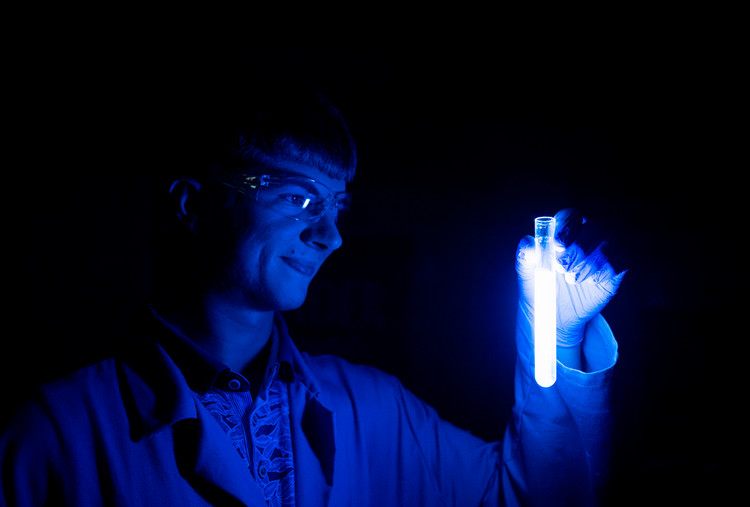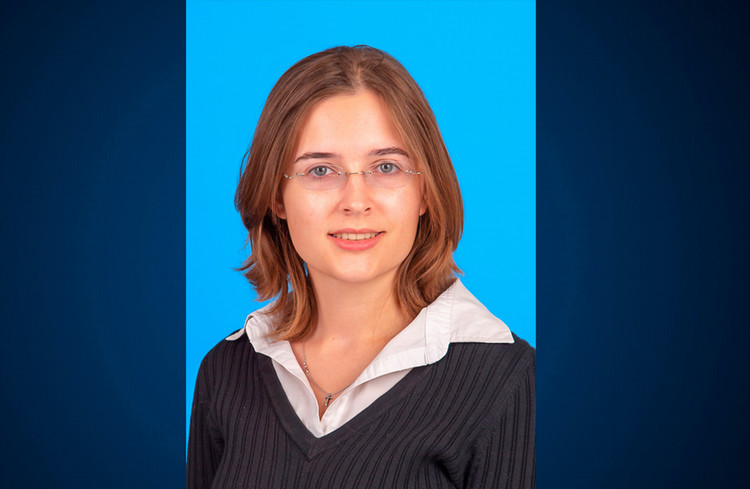Island University Researchers Receive $800K Grant for Baffin Bay Pollution Study
CORPUS CHRISTI, Texas – In 2020, the Center for Water Supply Studies (CWSS) at Texas A&M University-Corpus Christi received a two-year $863,921 grant from the Texas General Land Program (GLO), Coastal Management Program (CMP) as part of a Special Merit Project to study the nonpoint source pollution – or pollution coming from many different sources rather than one central one – loading to Baffin Bay.
The Laguna Madre Estuary, a part of Baffin Bay and a unique ecosystem that sustains an around $225 million tourism and fishing industry, has been affected by declining water quality and harmful algal blooms (HABs) in recent years. Brown tide, first recorded in 1989 in Baffin Bay and Laguna Madre, is unique to more traditionally studied HABs – such as red tide – in that the organisms can flourish on dissolved organic nitrogen as a nutrient source, which allows the tide to persist where other organism populations would fail. While previous efforts provide information on conditions leading to HABs and insight to areas in the bay where nutrients are concentrating, they do not provide direct evidence of nutrient sources.
“Water resource experts at CWSS are helping regulatory agencies take an important step in the development and implementation of management measures for mitigation of brown tide occurrences and habitat resiliency by controlling the nutrient inputs into the bay,” said Dr. Dorina Murgulet, Associate Professor of Hydrogeology and CWSS Director.
The GLO approved four projects submitted as part of the CMP competition to be part of the Special Merit award of $1,189,414 for work in the Baffin Bay watershed. Three of these projects are led by CWSS researchers, including Murgulet; Dr. Hussain Abdulla, Assistant Professor of Chemistry; Dr. Mohamed Ahmed, Assistant Professor Geophysics; and Dr. Joseph Felix, Assistant Professor of Environmental Chemistry. The team will combine their projects and work in collaboration with Dr. Michael Wetz, Associate Professor of Marine Biology at Texas A&M-Corpus Christi, to provide a comprehensive evaluation of nonpoint source pollution loading to Baffin Bay.
Briefly, CWSS will expand the work initiated four years ago and the ongoing funded CMP project to quantify submarine groundwater discharge-derived nutrient loadings from sources such as fertilizer and septic sources. In addition, the team will conduct detailed field measurements of physical, chemical and hydrologic parameters of surface water, sediment pore water and groundwater. They will also be conducting a wide range of laboratory analysis and model simulations to: 1) quantify groundwater- and benthic- derived fluxes of inorganic and organic nitrogen nutrients, 2) track the fate of these nutrients, and 3) quantify photoproduction rates of ammonia and labile organic nitrogen from porewater dissolved organic nitrogen; and 4) model freshwater inflow and terrestrial nutrient and sediment loads to Baffin Bay.
“This study is the first step towards providing a comprehensive evaluation of nutrient loadings in the system,” said Murgulet. “Using the developed hydrologic model, the team will predict the impact of management practices on water, sediment, and nutrient transport over the entire watershed draining to Baffin Bay.”
The approach proposed by CWSS, based on land use/land cover, hydrologic inputs, bay residence times, among others, will allow for quantification of nutrient sources and input mechanisms and development of an informed bay-wide nutrient budget that can be adopted to other Texas estuaries. This is an important step in meeting the overarching goal of the Coastal Zone Act Reauthorization Amendments to “protect coastal waters” by “control” of NPS pollution by informing development and implementation of watershed protection plans that prevent or manage nonpoint source pollution.








